In 2008, Pennsylvania passed a law designed to cut energy consumption in the state by requiring electric utilities to reduce their overall electricity load. They have done so by incentivizing customers to implement energy efficiency measures or participate in demand-response programs. Most of the utilities are successfully meeting their energy-reduction goals. The state is in the process of designing Phase 2 of the program and has solicited input from the utilities and other sectors of the energy industry. Here are some of the suggestions offered and lessons learned, which could be useful in other states where programs are being launched or refined.
- Advanced metering – under the current system, utility bills are averaged out so customers can’t see how much energy they are using at any given time and what it’s costing them. Usage data need to be “bi-directional,” going to both customer and utility.
- There needs to be a more competitive retail market. When customers are given the option of choosing their electric suppliers, most continue to rely on their electric distribution company (the utility itself) instead of seeking the most competitive rates.
- Financing is needed to help customers undertake capital-intense projects. On-bill financing is one option. (The utility acts as collector: as the customer’s energy consumption drops due to the energy conservation measures they implement, the utility uses the savings to pay for the project, passing the money on to the lender.)
- Energy efficiency has to be presented as a least-cost resource and low-risk/high-return investment, not just an environmental benefit. The cost of delivering any type of energy, renewable or otherwise, is always higher than just reducing the need for it.
- Utilities need to allow adequate lead time before making changes to their incentive programs. Projects undertaken by large commercial and industrial customers typically have very long lead times due to complicated approval processes and the burden of obtaining analytical evidence to support the projects. Building M & V (measurement and verification) procedures into the system will help.
- The complexity of the paperwork initially discouraged many smaller facilities from implementing projects. In response, the utilities created a “direct discount” program under which the rebate goes directly to the trade ally (contractor), who handles all the administrative work. The end-user winds up paying for only about 30% of the project.
Along with implementing energy efficient technology, much can be accomplished simply through behavioral change, such as shutting off lights in unoccupied areas. This is especially true in schools where energy efficiency can be incorporated into the curriculum. As one administrator put it, if you find one passionate teacher in the school who can transmit enthusiasm to the students, they will spread the word, engaging their parents and the community at large.
